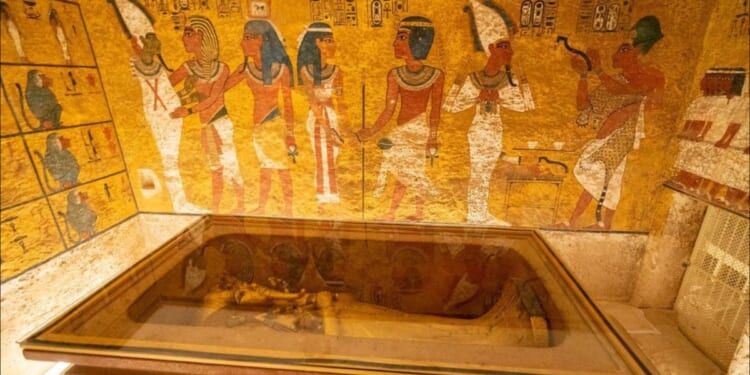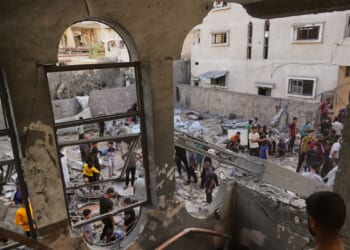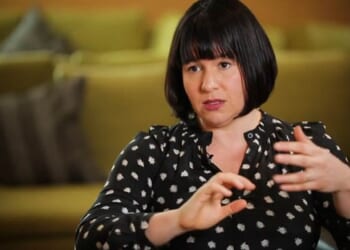Is the Boy King’s tomb doomed?
Scientists studying the Egyptian pharaoh Tutankhamen, commonly known as King Tut, recently examined the ruler’s famous tomb and declared it has “experienced varying degrees of instability and damage, which have progressively worsened over time,” according to a report published on Nature’s NPJ Heritage Science journal.
Tutankhamen (also spelled Tutankhaman or Tutankhamun) ruled Egypt for 10 years, from age 9 until his death at 19, around 1324 B.C., according to History.com.
His tomb is “the most famous tomb in the world,” the Nature article by study author Sayed Hemeda, Head of the Architectural Conservation Department at Cairo University, said.
“Discovered in 1922 by British archaeologist Howard Carter and his benefactor Lord Carnarvon, the tomb’s four chambers were crammed with such spectacular objects as gold-covered chariots; elaborately carved alabaster vessels; inlaid furniture; a vast array of Tutankhamun’s personal belongings, including jewelry; a series of shrines and coffins that protected the king; and the famous solid-gold mask that adorned his mummy—the last, among the most iconic examples of ancient Egyptian art ever to have come to light,” according to New York’s Metropolitan Museum.
“It was considered the most significant archaeological discovery of the 20th century,” the U.K.’s Daily Mail reported.
Tutankhamun’s tomb at risk of collapse in most fragile state since its discovery https://t.co/OD0guImsgr pic.twitter.com/n5m0aGU2Ks
— The Independent (@Independent) October 19, 2025
Tut died around 1324 B.C, according to History.com.
The ensuing centuries have not been kind to his burial place and others in Egypt’s Valley of the Kings, which contains dozens of other, less famous royal tombs.
The 20th century was particularly harsh.
“In 1994, a catastrophic deluge submerged the valley in silt-laden water that eroded the rock layers and led to a sharp rise in humidity levels within the tombs,” the U.K.’s Independent reported.
“As a result, fungi flourished and damaged precious paintings and murals, while the valley’s fragile geological makeup, dominated by weak Esna shale, further compounded the crisis.”
Water infiltrating some “severe” cracks in the ceiling is also diminishing the strength and load-bearing capacity of the structure, Hemeda said.
“The royal tombs in the Valley of the Kings require urgent intervention and accurate scientific studies to analyse the risks and how to mitigate them,” Hemeda told the Daily Mail.
His archaeology colleague at Cairo University, Mohamed Atia Hawash, said the recent study should be viewed as a “stark warning that must be heeded,” the Independent reported.
“A disaster could strike at any moment, and if the Valley of the Kings is to be preserved, action must be taken before it is too late.”
Advertise with The Western Journal and reach millions of highly engaged readers, while supporting our work. Advertise Today.











